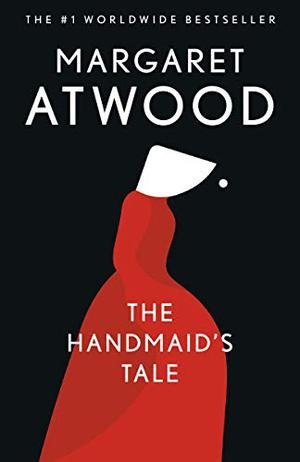Over the past seven-plus years on this blog, I’ve posted about many novels by Asian American writers. Here are brief summaries of some of those books, with links to my full reviews.
The Tea Girl of Hummingbird Lane Lisa See (2017) A moving tale of the collision of a traditional Chinese culture with the modern world. Click here for my full review.
The Tenth Muse Catherine Chung (2019) The story of a female mathematician of extraordinary abilities in mid-20th-century Michigan. Click here for my full review.
Searching for Sylvie Lee Jean Kwok (2019) A mystery that also follows an immigrant family in today’s highly mobile global economy. Click here for my full review.
Pachinko Min Jin Lee (2017) A saga about four generations of a Korean family living in Japan in the twentieth century. Click here for my full review.
Chemistry Weike Wang (2017) A novel about the difficulties that women (of any race) face in choosing careers in the sciences, and about the tensions between the personal and the professional in the lives of talented people. Click here for my full review.
The Fortunes Peter Ho Davies (2016) A heartbreaking metafictional novel, in four interlocking sections, about the experience of being Chinese American over the past 150 years. Click here for my full review.
Little Fires Everywhere Celeste Ng (2017) Teens in late-1990s Shaker Heights, Ohio, confront incendiary issues of the upper-middle-class: bigotry, greed, and a disdain for those who diverge from the norms set by their communities. Click here for my full review.
Finally, here’s my review of a very recent novel:
Lady Tan’s Circle of Women Lisa See (2023) This fictional recreation of the life of Tan Yunxian, a woman born into an elite family of Chinese scholars and judges, is set in late-fifteenth-century China. A murder mystery is buried in the pages and unravels toward the end, but the primary focus is on Lady Tan’s development as a physician and on how she came to write a definitive medical treatise that has survived to this day. Given Lady Tan’s vocation—which was extremely rare for a female in this period—be prepared for descriptions of the medical conditions that she treats, especially related to pregnancy and childbirth. The patriarchal structures of medieval Chinese society (footbinding, concubines) are also prominent. Reading sometimes like nonfiction, Lady Tan’s Circle of Women immerses the reader in medieval China.







